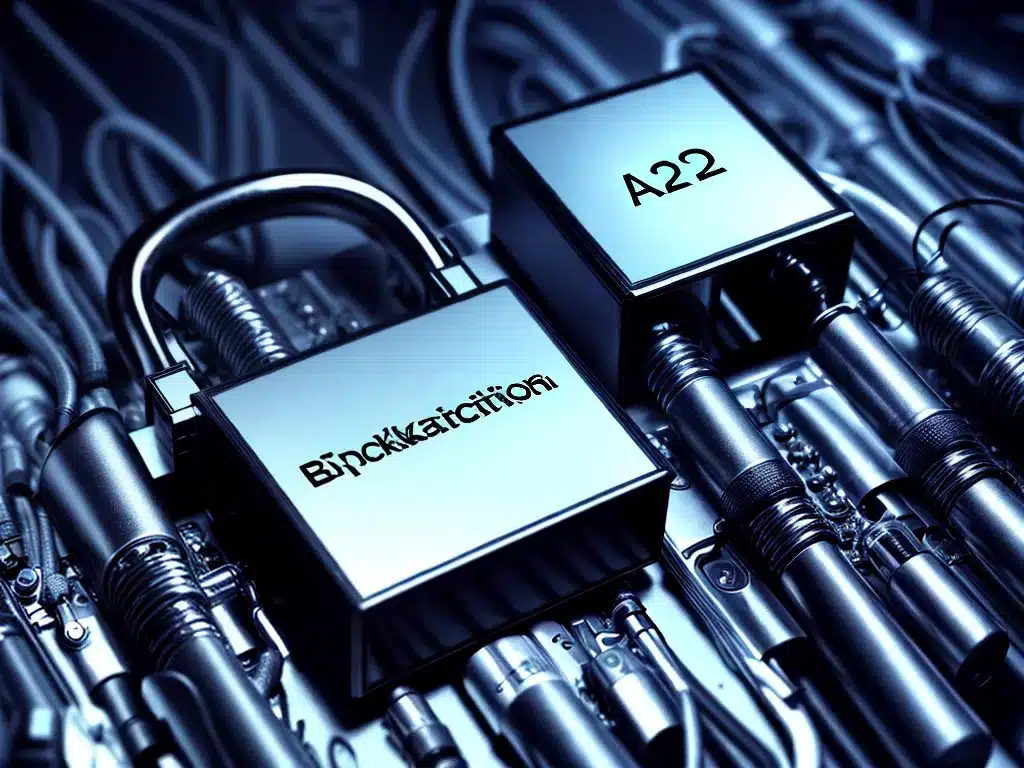
Introduction
Protecting your personal data is more important than ever in 2024. Secure backups allow you to store information safely in case your devices are lost, stolen, or fail. Encryption is essential for keeping confidential data private. This guide will teach you everything you need to know to encrypt your backups properly. With the right tools and techniques, you can ensure your information stays secure.
Why Encrypt Backups?
Backups store your most sensitive information – photos, financial records, personal documents, and more. Without encryption, anyone gaining access to the backup can view all its contents. There are several key reasons to use encryption for backups:
Prevent Unauthorized Access
Encrypted backups cannot be read without the correct password or key. This protects your data if the storage device is lost, stolen, or accessed by someone else. Encryption acts like a virtual lock on your information.
Protect Data at Rest
Data stored in backups is considered “data at rest.” When not actively in use, backups sit dormant waiting to be accessed. Encryption secures data at rest from unauthorized use. It remains protected even while the backup is inactive.
Maintain Legal Compliance
Many laws and regulations now require encryption for personal data. Examples include HIPAA for medical info and GDPR for EU citizens. Proper encryption helps you comply with legal data protection mandates.
Safeguard Against Malware
Malware like spyware and ransomware can invade storage media and steal information. Encryption keeps data safe even your backups become infected with malware. The files remain inaccessible without the decryption key.
Which Type of Encryption to Use
There are various encryption protocols and algorithms available in 2024. Two main options to consider for backups are AES and multi-layer encryption.
AES Encryption
AES (Advanced Encryption Standard) is a symmetric key algorithm that uses the same password to encrypt and decrypt data. It offers excellent security and fast performance. AES allows 256-bit encryption keys for robust protection. This is an ideal choice for most backup needs.
Multi-Layer Encryption
This utilizes multiple encryption algorithms in layers. Data is encrypted with AES first, then again with another algorithm. Multi-layer encryption provides added security but with slower performance. It ensures maximal protection for highly sensitive data.
Making the Choice
For most home users, AES encryption is sufficient for securing backup files. Multi-layer encryption provides extra protection for very vulnerable information like medical records or proprietary data. Consider your own security needs and tolerance for slower backup speeds.
Best Practices for Implementation
The specific steps to encrypt backups depend on your operating system and chosen software. Here are some general guidelines to follow:
Generate a Strong Password
The encryption key should be a long, complex password or passphrase. Avoid common words and personal info. Password manager apps can create and store strong passwords securely.
Use Random Salt and Iteration
“Salting” backups adds random data to passwords before encrypting. “Iteration” runs the algorithm many times. These two techniques further strengthen AES encryption.
Manage Keys Carefully
Never store encryption passwords/keys in the same place as your backups. Memorizing the password or storing it separately in a password manager is best.
Encrypt Devices or Containers
You can encrypt entire storage devices like external hard drives for backups. For online cloud backups, encrypt specific containers or virtual disks rather than the whole account.
Automate Where Possible
Many backup tools like Apple Time Machine have built-in encryption features that work seamlessly in the background. Turn on encryption by default to automate security.
Create Recovery Keys
Forgetting your password locks you out of encrypted backups. Generate a printed or file-based recovery key to keep in a safe place in case you forget passwords.
Common Encryption Tools
Many options exist for encrypting various types of backup files, devices, and storage platforms. Here are some of the top encryption tools in 2024:
Operating System Utilities
BitLocker (Windows), FileVault (MacOS), and LUKS (Linux) provide free built-in encryption options for system backups.
VeraCrypt
This free and open source tool works across Windows, Mac, and Linux. It encrypts hard drives, flash drives, and file containers.
rclone
rclone is a versatile command line tool for syncing/encrypting cloud storage like Dropbox or Google Drive on Windows, Mac, and Linux.
Boxcryptor
Available for Windows and Mac, Boxcryptor integrates with cloud services like OneDrive and iCloud to provide a virtual encrypted disk for backups.
Cryptomator
This donation-based tool runs on all major platforms. It creates encrypted vaults that sync across cloud storage providers for accessible encrypted backups.
Securing External Drives
External hard drives and SSDs are common for local backups. Here are tips for encrypting them:
- Use built-in encryption like BitLocker for Windows or FileVault on Mac
- Encrypt the entire drive if using for backups only
- VeraCrypt allows creating encrypted containers on external drives
- Use strong unique passwords for each drive or container
- Store passwords in a password manager rather than with the drive
Backing up to the Cloud Securely
Major services like iCloud, Google Drive, and Dropbox offer encryption options:
- iCloud and Dropbox support client-side encryption via Boxcryptor
- Google Drive enterprise plans allow server-side encryption
- Rclone can securely sync to cloud storage in encrypted form
- Cryptomator creates cross-platform encrypted vaults
- Use strong random passwords as with other encrypted backups
Self-Check Questions
-
Why is encryption necessary for backups?
-
What are the main encryption protocols used to secure backup files?
-
What practices provide the highest level of security for encrypted backups?
-
What tools can you use to encrypt an external hard drive on Windows?
-
How can you add encryption when backing up your data to the cloud?
Conclusion
Backups are only as secure as their encryption. With good passwords and the right tools, you can encrypt backups on external drives and in the cloud. AES 256-bit encryption and multi-layer encryption provide robust algorithms to keep your data private. By implementing encryption best practices, you can ensure your backups remain confidential in 2024 and beyond.












